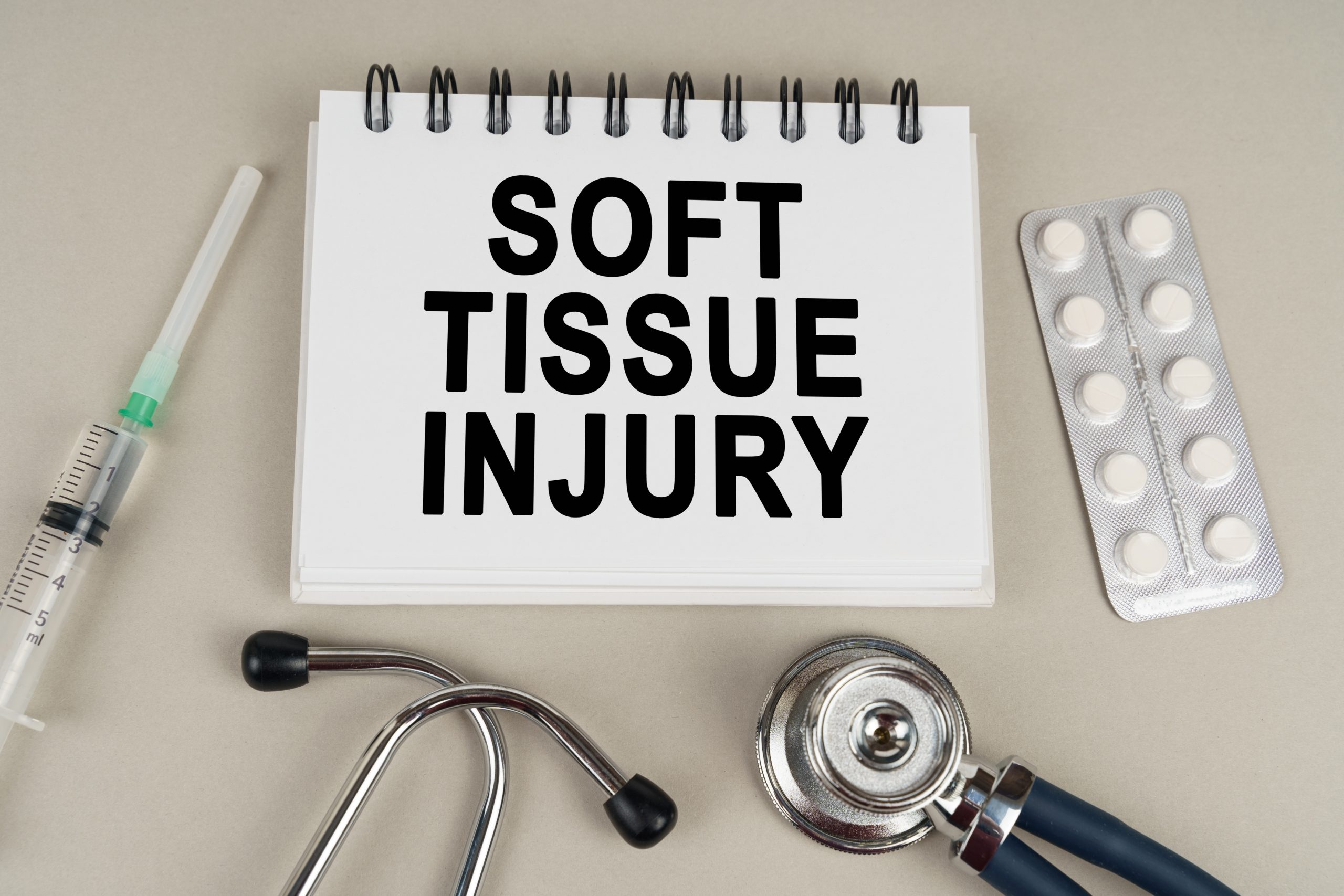Whiplash is a neck injury that happens when the head is forcefully thrown backward and then forward (or side to side), like the cracking of a whip. Whiplash is a colloquial name for this condition. The correct medical terms are “cervical acceleration-deceleration” (CAD) to describe the mechanism of the injury and “whiplash associated disorder” (WAD) to describe the symptoms.Depending on the severity of the whiplash injury, healing can range anywhere from a few days, a few weeks, or even multiple months. Neurological issues linked toa whiplash injury can take longer to heal (which can last several months of years after the initial injury).
Is Whiplash a Serious Injury?
If you are asking yourself, “Is whiplash dangerous,” the short answer is “sometimes.” The overall significance of the injury will depend on a variety of factors, such as your age, medical history, and the amount of force your neck sustained in the accident. Neck injuries in general have the potential to be incredibly serious or even fatal because they may impact your spinal cord. Even if you think you only have whiplash, you could have suffered from a spinal fracture in your neck, which can lead to complete paralysis or even death. If a fracture in your neck goes untreated, a sharp piece of a broken bone could sever your spinal cord, leading to catastrophic or fatal results. For that reason, it is critical to receive medical attention promptly after an accident. Additionally, your whiplash injury may make you more susceptible to future neck injuries, and the longer you wait to receive treatment, the more serious your condition may become.
Common Immediate Symptoms of Whiplash
The symptoms of whiplash usually manifest themselves within hours of an injury, but some may take several days to appear. Some immediate symptoms include:
- Pain or stiffness in the neck when sitting, standing, or moving
- A loss of flexibility and range of motion of the neck
- Shoulder pain and upper back pain
- Facial pain and discomfort
- Headaches and migraines starting at the base of the skull
- Pain or tenderness at the base of the skull
- Numbness or tingling sensations in the arms and hands
- Extreme tiredness
- Dizziness and balance issues
- Fatigue
How Is Whiplash Diagnosed?
To diagnose whiplash, your doctor will ask you about your symptoms and the event that caused the injury. They will do a physical examination that will probably involve asking you to perform simple tasks to test a range of motion in your neck and shoulders. Your doctor may also try to determine the location and severity of your pain and look for tenderness in your neck, shoulders, and back; check your reflexes; and evaluate the strength and sensation in your limbs. They may also order scans, including:
- X-Ray: Your doctor may order X-ray imaging right after your injury if they suspect you may have a fracture or damage to the spine. X-rays may also be used in patients whose symptoms do not improve several weeks after the injury.
- MRI: Magnetic resonance imaging, or MRI, may be used to look for injury to the spinal cord or discs.
- CT scan: A computerized tomography, or CT scan, can show detailed images of your bones and muscles, and can help doctors diagnose neck pain.
Treatments for Whiplash
- Pain management: Over-the-counter pain relievers, such as acetaminophen or nonsteroidal anti-inflammatory drugs (NSAIDs), can help manage mild to moderate pain. In more severe cases, prescription medications, including muscle relaxants or narcotics, may be prescribed for a limited duration under medical supervision.
- Physical therapy: Targeted exercises, stretching and manual therapy techniques prescribed by a physical therapist can help reduce pain, improve range of motion, and restore muscle strength and function in the neck and surrounding areas.
- Heat and cold therapy: An effective approach to whiplash injury self-care includes applying heat or cold packs to the affected area to help alleviate pain, reduce inflammation, and promote relaxation of muscles.
- Neck immobilization: In some cases, a cervical collar or neck brace may be recommended, to limit neck movement and promote healing.
- Injection therapy: Corticosteroid injections may be administered directly into the affected areas to reduce inflammation and ease pain.
- Alternative therapies: Techniques like chiropractic care, acupuncture, massage therapy or transcutaneous electrical nerve stimulation (TENS) may be used as complementary treatments, to manage pain and promote healing.
- Psychological support: Addressing the emotional and psychological impact of whiplash is crucial. Counseling, cognitive behavioral therapy, or relaxation techniques can help manage stress, anxiety or depression associated with the injury.
Whiplash treatment focuses on alleviating pain, reducing inflammation, promoting healing, and restoring normal neck function. Initially, conservative measures such as rest, ice or heat therapy, pain medication and gentle neck exercises are typically recommended.
What Is the Whiplash Grading System?
The whiplash grading system was first created in 1993. There are 4 grades of whiplash, and they are as follows:
- Grade 0 Whiplash: While victims in this category may not exhibit immediate symptoms or injuries, it is important to remember that they could still be harmed.
- Grade 1 Whiplash: May not present physical signs initially, but many individuals in this category experience neck pain weeks or months after the accident. It is crucial to address these delayed symptoms.
- Grade 2 Whiplash: Individuals in this grade are likely to encounter neck pains and show signs of musculoskeletal injury. Prompt attention to these symptoms is essential for proper care.
- Grade 3 Whiplash: People with grade 3 whiplash commonly experience neck pains. Unlike grade 2, grade 3 are often physically impaired. Seeking medical assistance is crucial to address these more severe symptoms.
How Long Can Whiplash Last?
So, how long can whiplash last? That depends on the severity of your symptoms. Mild cases of whiplash typically last a month or less. Meanwhile, severe whiplash cases last more than six months. Sometimes, you can continue having symptoms for years after the initial accident. However, treatment can usually shorten your recovery time significantly.



